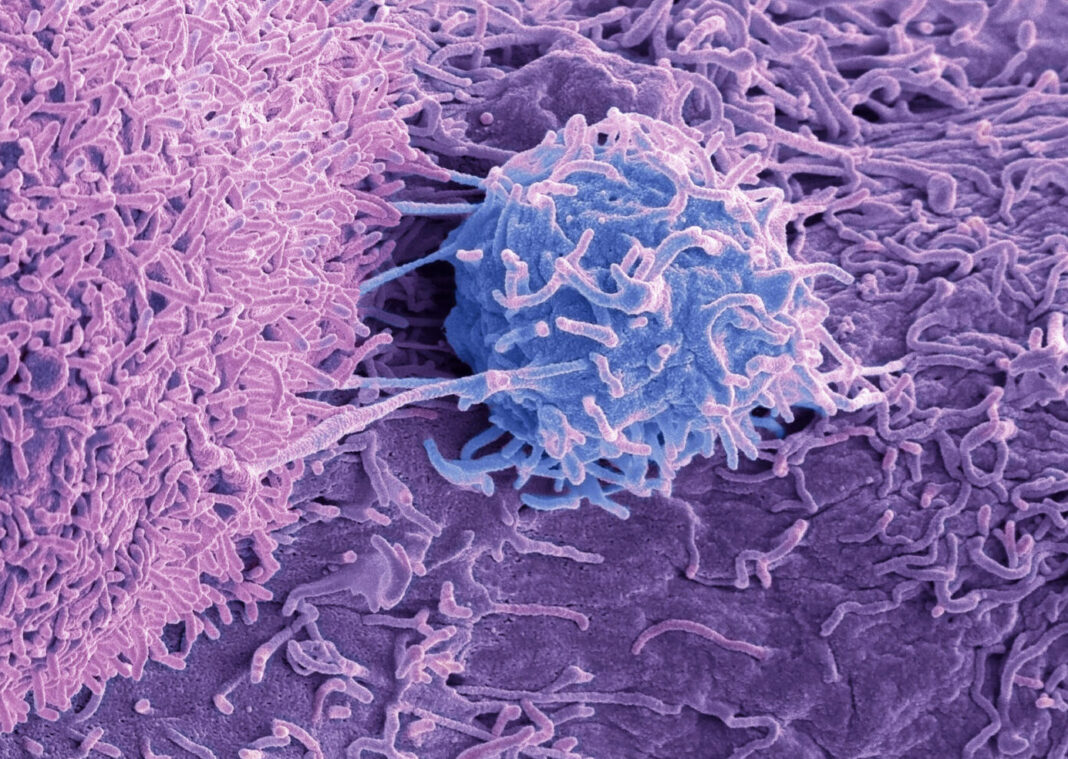Multiple studies have determined that speckle-type POZ protein (SPOP) could suppress tumorigenesis in several types of human malignancies, including prostate, lung, gastric, liver, colon, and endometrial cancers. SPOP is the most mutated protein in prostate cancer. However, it is not fully understood how SPOP mutations drive cancer. Now, scientists at St. Jude Children’s Research Hospital report they have used cryo-electron microscopy (cryo-EM) to capture the first 3D structure of the entire SPOP assembly.
Their findings are published in Molecular Cell in an article titled, “Higher-order SPOP assembly reveals a basis for cancer mutant dysregulation.”
“The speckle-type POZ protein (SPOP) functions in the Cullin3-RING ubiquitin ligase (CRL3) as a receptor for the recognition of substrates involved in cell growth, survival, and signaling,” wrote the researchers. “SPOP mutations have been attributed to the development of many types of cancers, including prostate and endometrial cancers.”

Determining the 3D structure of SPOP using cryo-EM allowed the researchers to gain insights into the underlying mechanisms that drive the function of this protein both in its normal state and when mutated in cancer.
“Once we had the 3D structure of SPOP, we could see that the pieces of the puzzle that had been missing were inherently important for understanding how SPOP functions in cancer,” said co-first author Matthew Cuneo, PhD, St. Jude department of structural biology. “We were now able to see that what we initially thought to be regions of SPOP without functional importance are actually key to SPOP assembly and biology.”
Previous studies have shown that the SPOP protein assembles into long filaments. Discovering the additional protein interfaces in the filament using cryo-EM helped further explain how SPOP mutations contribute to cancer.
“Taking a broader view to look at the full-length protein gave us a deeper understanding of how mutations affect SPOP,” said co-first author Brian O’Flynn, PhD, St. Jude department of structural biology. “The scale of the change just from one point mutation is huge. It was unexpected to see that.”
“In addition to the questions that this research answers, what’s exciting is that for scientists asking about SPOP, the possibilities have really opened up,” O’Flynn added.


